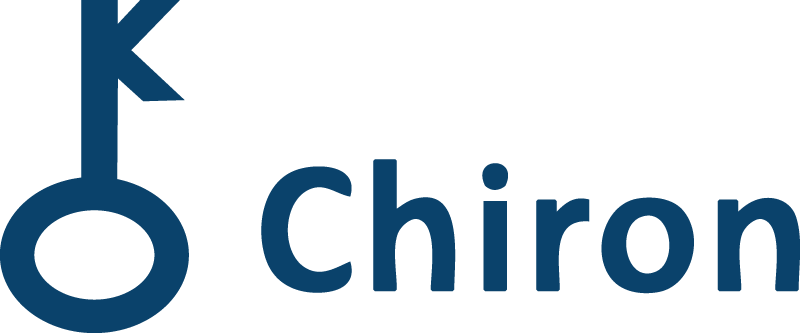Coronavirus is eating away at the fabric of society worldwide, never mind calling it Covid-19 how about regarding it as an anagram of ‘Carnivorous’. How do you rate your chances of catching it? Do you really understand probability and what it means? Most people misinterpret a weather forecast that says 30% chance of rain tomorrow, something seemingly simple yet frequently misunderstood: do you pack a brolly or not? Probability is poorly understood by the general public, and a key element of risk perception training for business leaders and corporate boardrooms.
Most people consider probable and highly probable at the upper end of likelihood scale for a future outcome, no percentages involved simply opposition to possible and not very possible. I remember how the school rugby or football team was chosen mid-week, the Probables played against the Possibles to determine the final fifteen (rugby) or eleven (football). A player for the Possibles had to excel to replace a player from the Probables for the week-end match. Pride was at stake as no Probable player wanted to be dropped. Competition defined probability.
In Philip Tetlock’s book on Superforecasting, modestly called the art and science of prediction, he explains the range used by the US intelligence community. This ranks outcomes on a five point scale from remote, to unlikely, through evens to probable to almost certainly. This is the language most people understand yet highly numerate superforecasters can make it more granular using percentages. This is intended to clarify but too often can confuse the audience.
The meteorologist talks of a 30% chance based on statistical analysis of weather patterns and atmospheric behaviour patterns. It means of course that it is more likely not to rain because that is the 70% possibility. Nevertheless people still fear the 30% as a distinct possibility; because there is a likelihood of precipitation our contingency response is to pack a brolly. Similarly whatever the probability percentage of you getting the virus, there is a possibility you won’t get it or if you do the symptoms will not be life-threatening.
To adopt the right response to a risk, it is first necessary to correctly identify it. This is where business leaders and the general public often fall at the first hurdle, misdiagnosis. Risk is a forecast of a future outcome and the risk of catching a virus is directly related to your exposure to it. Public transport hubs, railway termini and airports are places where you have higher exposure, by contrast remaining in your own home significantly reduces your exposure. This is common sense and you don’t have to read The Plague by Albert Camus to work this out. Self-isolation buys you time.
Through forcing governments to impose lock-downs for sound epidemiological reasons, the virus is eating away at society as a social network. Whether we group together for work or leisure, we are being asked to refrain from our default sociability. Smart phone technology and the internet make this more tolerable than for previous generations, but we are more connected than ever and the global economy will suffer for its unrestricted connectedness. Our just-in-time society means that food and credit is always available, shortages must be man-made mustn’t they?
This global virus was predicted yet it arrives as a surprise. Does this mean that it was given too low a probability score by world leaders, a black swan event that was so unlikely that it didn’t warrant contingency plans? No they trusted early reporting and containment would be enough. Logical but politically naïve, reporting requires identification without fear of censure. Epidemiologists are altruistically driven looking to protect mankind, whereas leaders of totalitarian states are motivated by retaining control of information to protect themselves. Early reporting and containment haven’t worked, so bring on plan B.

